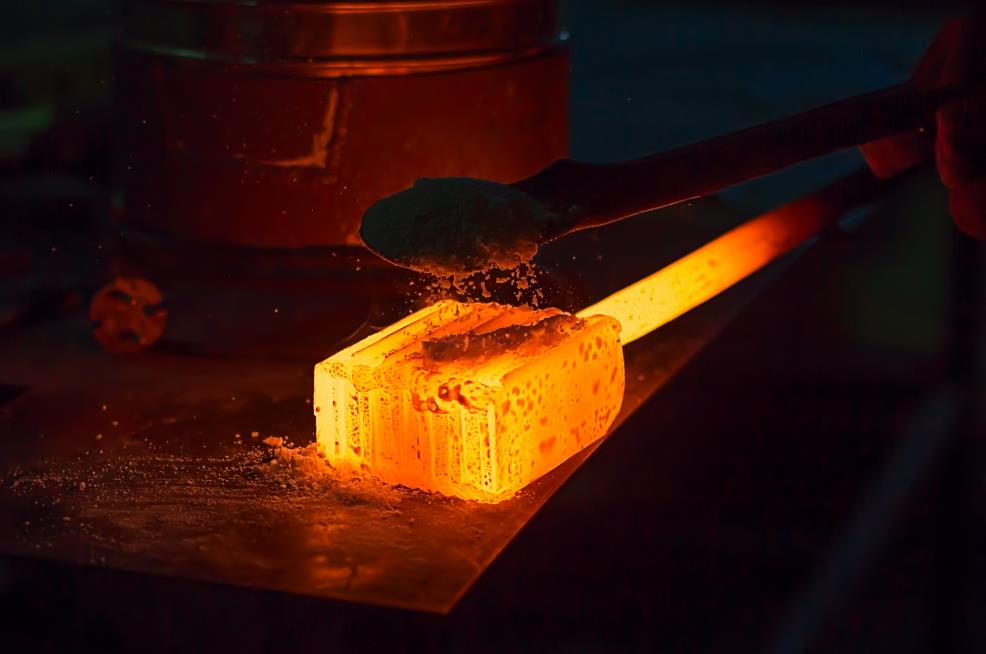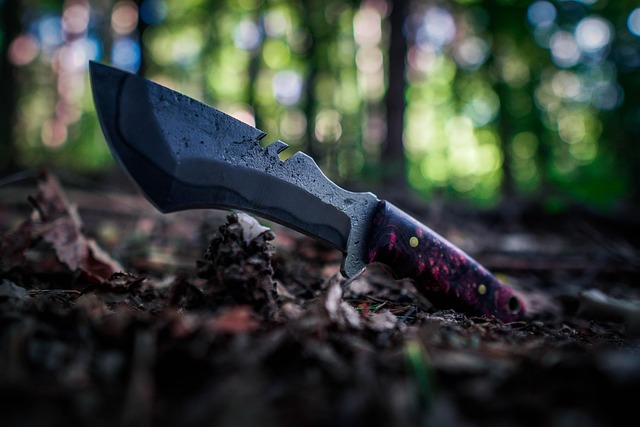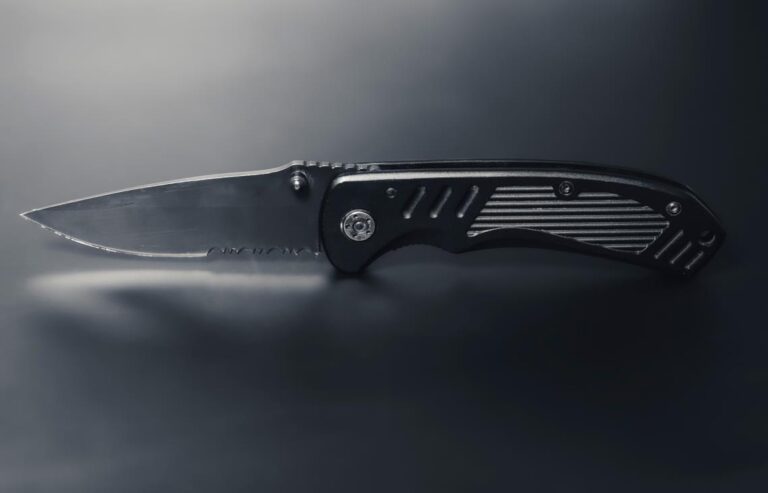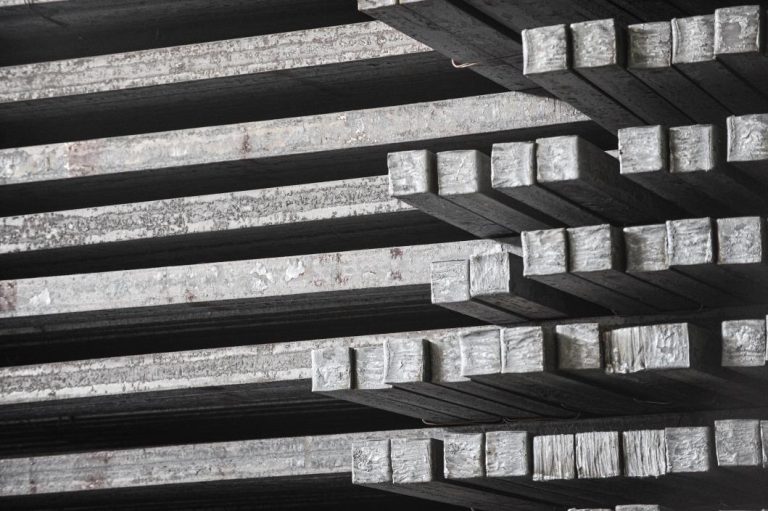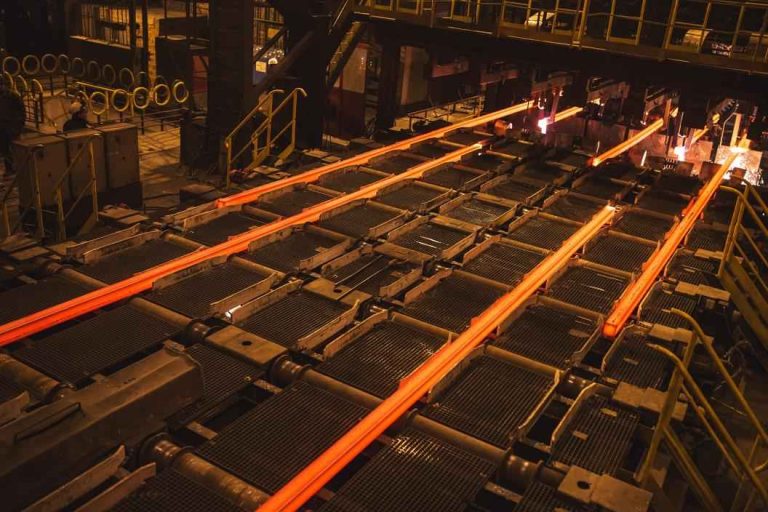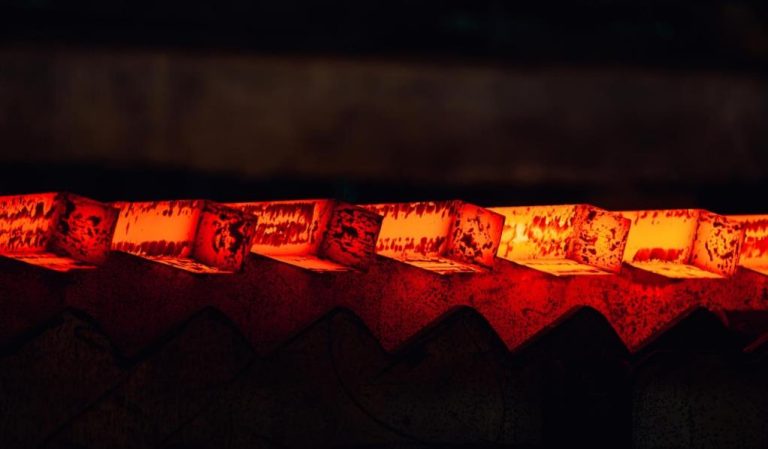The eye catching designs unique to every knife achieved by pattern welding steel is an ancient forging method. Today, it’s synonymous with Damascus steel.
Knifemakers use alternating layers of steel to form a single block. This is then forged into a knife that produces aesthetically pleasing patterns. These patterns distinctive to every blade become more visible with the help of acid etching.
While anyone would favor the striking patterns of pattern welded steel, there is more to them than just their beauty.
This article will discuss everything you need to know about pattern welded steel. Read through the rest to find out how it’s different from the original Damascus steel, the modern utilization, and determine if it’s a good idea to sell in your knife store.
Origins of pattern welding
Pattern welding is nothing new to knifemaking or blacksmithing. It dates back to the first millennium BC and the techniques used aren’t far away from today. Folding and twisting layers of billets and forging them into a blade is still how knifemakers make pattern welding steel.
Over the centuries, pattern welding became a standard. It was commonly used for jacketing soft iron. Pattern welded steel covering the soft iron core had a similar purpose to the San Mai knives of the Japanese. The soft iron core would absorb impact and shock without bending or chipping the cutting edge.
Pattern welding is more common than believed in history. However, rust and other oxidation forms make it challenging to notice the patterns in the ancient tools.
These swords and other blades shouldn’t be mistaken for the original Damascus steel. They are two different types of steel with distinct manufacturing processes, which we’ll get to in a moment.
Pattern welding technique in the modern steel industry
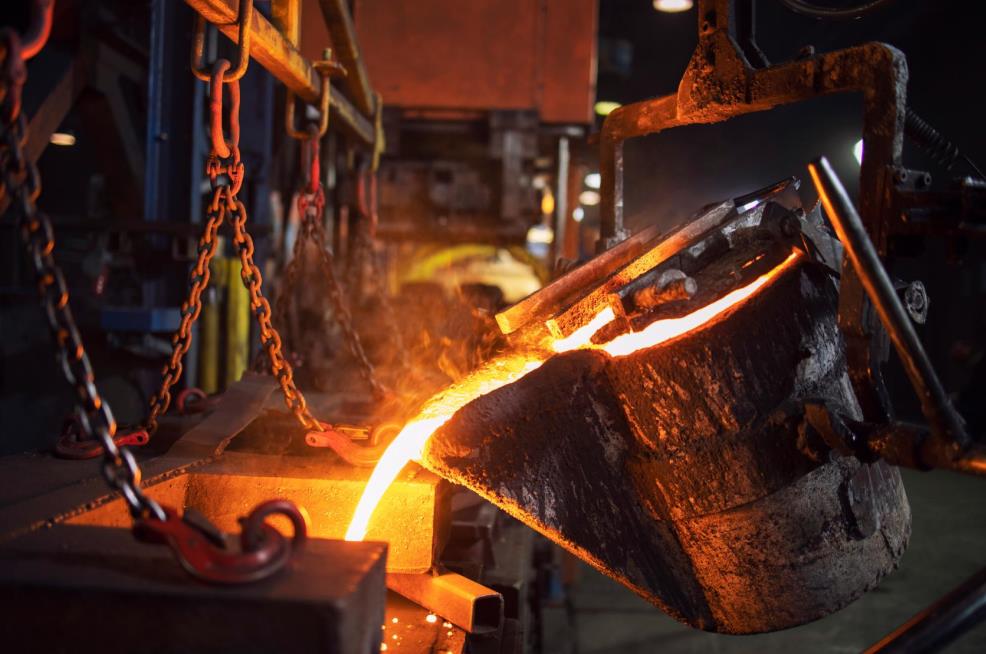
The pattern welding technique follows the same principles as it did hundreds of years ago. Blacksmiths continuously fold and hammer different steel billets to form a single block. The tools have gotten more sophisticated over time, but the process is the same.
The pattern welding technique is still employed for making attractive knives pleasing to the eye. While the pattern welding technique was developed out of necessity for better swords and blades, its primary use today is for decorative work.
There aren’t many benefits of pattern welded steel that offer usefulness other than looks. Considering how far metallurgy improved and average steel with it, there are cheaper and better performing alternatives to most pattern welded steel.
Buy Wholesale Knives and Start Scaling up with Us Today
Contact us and connect with a sales rep to get a free quote.
Pattern welding and Damascus steel
Pattern welded steel and the original Damascus steel shouldn’t be mistaken for one another. They are two different steel that display similar patterns.
The original Damascus patterns appeared as a result of the wootz steel. The making of this steel is long lost to history, and the Damascus knives made today are all pattern welded steel.
Since the resemblance is almost identical, Damascus and pattern welded steel are interchangeable.
Whether a knife’s description says pattern welded or Damascus steel, they both refer to the same. If a knife store sells original Damascus steel, it’s likely to be a collector’s item.
Process of pattern welding
Forging a blade following the pattern welding technique is not an easy task. It requires expert blacksmithing, regardless of how the steel pieces are forged together.
The blacksmith welds together as many steel billets or blocks as they require and puts them in the forge. Following twisting and folding, the pieces form a single block further shaped into a blade.
The blacksmith can use as many layers as they want and add more by folding. For example, the knifemaker can start with just four layers and fold continuously to create more layers. Each folding operation will double the number of layers. This process shapes how the patterns appear in the end.
Here is a list showing every step of making pattern welded steel.
- The steel billets/blocks/sticks are forge welded together.
- The uniform steel block is folded, twisted, and hammered to mix everything.
- Following quenching, the pattern welded steel is ready for the further stages of knifemaking.
These might sound straightforward, but it can take tens of hours to produce pattern welded steel. It’s very labor-intensive, increasing the cost of making pattern welded steel. The grueling work process alone is one of the reasons why Damascus knives are expensive.
Additionally, the patterns don’t always become clear right away. After the blade is ground, it’s dipped in ferric chloride or other agents. The blade’s reaction to this makes the patterns clearer to the eye.
Some knifemakers skip a final polish after this, showing them throughout the entire blade. You can easily tell if it’s an authentic pattern welded Damascus steel when the blade has these unique marks across its cutting edge and spine.
Buy Wholesale Knives and Start Scaling up with Us Today
Contact us and connect with a sales rep to get a free quote.
Different patterns of Damascus steel

Not every Damascus knife exhibits the same patterns throughout the blade. There are different patterns showing matching characteristics.
These change depending on the techniques used for forge welding the steel pieces together.
For example, applying to a tiny, concentrated area of the steel while forging results in circular patterns. Each concentrated area results in a pattern that resembles a raindrop. As you can expect, this pattern is known as raindrop Damascus.
Another different technique is forge welding multiple pieces together as usual. This time, however, the steel is cut in half and forge welded again. The last step creates a pronounced straight line on the blade with tiny, curvy lines emerging from it. This forge welding technique creates the feathered Damascus pattern.
We’ve covered the topic of Damascus patterns in a previous article. Read it to find out the process behind different Damascus patterns.
How is Damascus steel as a knife niche?
Selling Damascus steel knives can make your knife store stand out from the competition. Not every knife store has Damascus steel knives in their inventory.
The cost associated with producing pattern welded steel makes Damascus knives upscale products that aren’t for everyone. For this reason, selling Damascus knives gives a sense of uniqueness to customers, making them a prized possession.
At the same time, selling Damascus steel blades will narrow down your target customers. Not everyone is willing to pay the price of two or three knives for a single one.
The next thing you know, your knife store builds a reputation of being expensive. If your target customers are willing to pay more than average, selling Damascus knives is an excellent choice. If not, you might want to stick with other options for now.
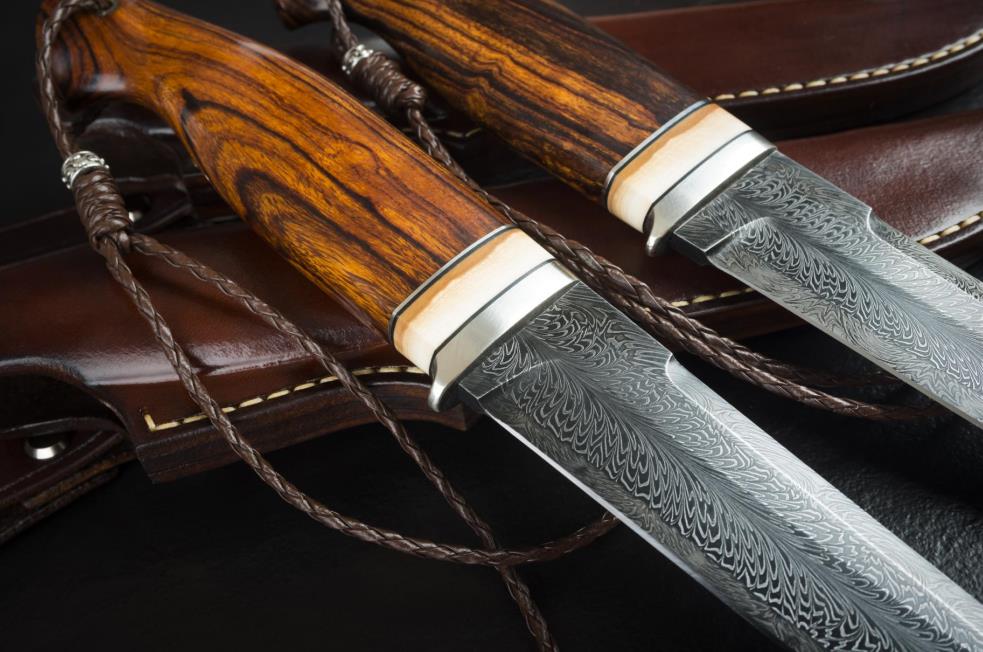
Pros of Damascus steel
- Aesthetics: The visual appeal of Damascus steel isn’t found in any other option. The uniquely formed patterns appearing on the blade is a feature you won’t be able to find anywhere else.
- Quality: It takes a lot of time and labor to produce pattern welded steel. Not everyone can make this and turn it into a blade. Even the basic patterns require a deep knowledge of knifemaking. So you’ll know you’re getting knives made by an expert.
Cons of Damascus steel
- Price: The labor-intensive manufacturing process increases the cost of Damascus steel knives. Even when buying in bulk, you’re more than likely to pay almost double. Nonetheless, the modern forging techniques made Damascus steel cost-efficient to produce. Many affordable options are out there, such as us.
- Market: The market for Damascus steel knives is mainly for professionals and collectors. If you’re primarily selling knives to an average user camping once a month or a home cook, your chances of finding success are very slim. This makes Damascus steel knives not for every shop.
Conclusion
Pattern welding steel and Damascus steel are historically different. The striking patterns are what make them interchangeably with one another. That’s why knifemakers started referring to pattern welded steel as Damascus steel.
We have plenty of options for Damascus steel knives. If you’re a knife store planning to sell these types of knives, make sure to check our Damascus steel catalog from here.
You can purchase Damascus steel knives wholesale, shipped to your storefront. We can also help your business grow with OEM knives if you have something different in your mind than the products listed in the catalog.
Contact us to request a free quote. We’ll get back to you within two business days – usually less.
